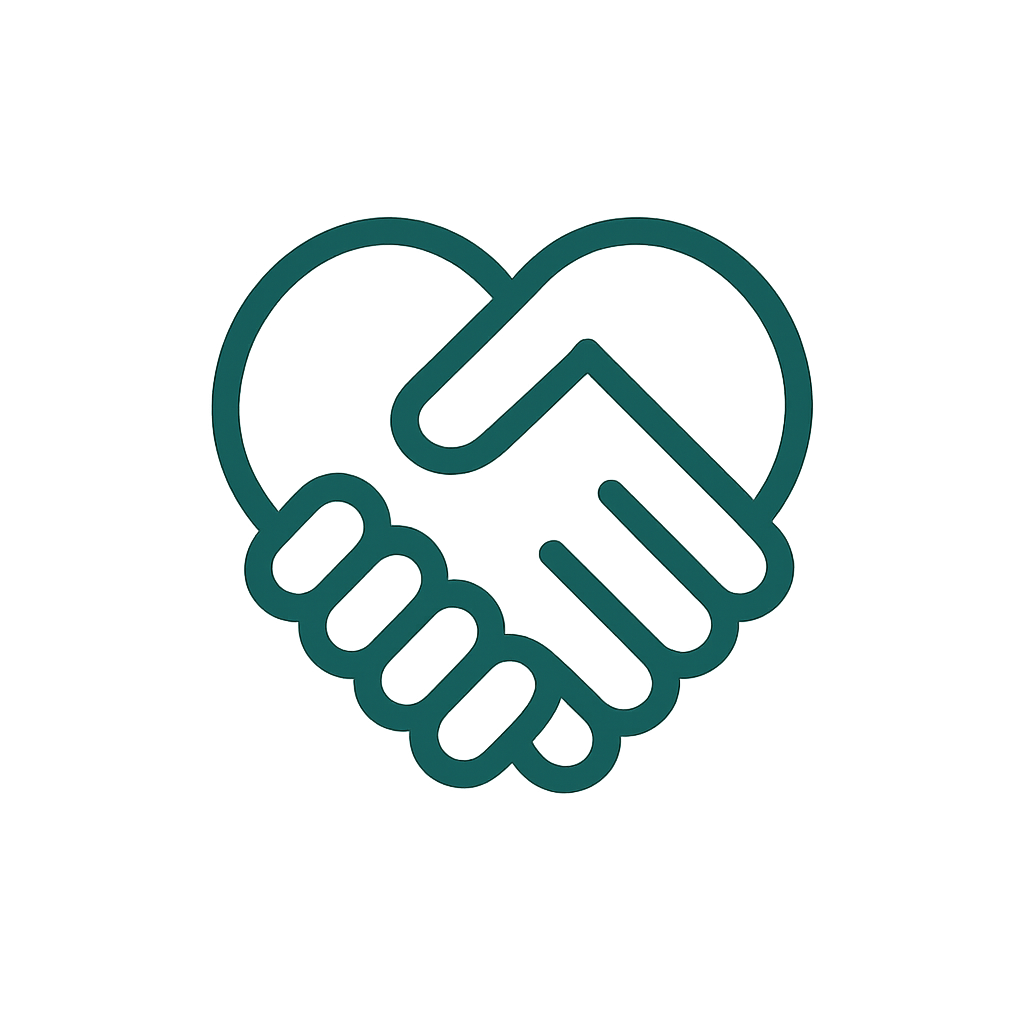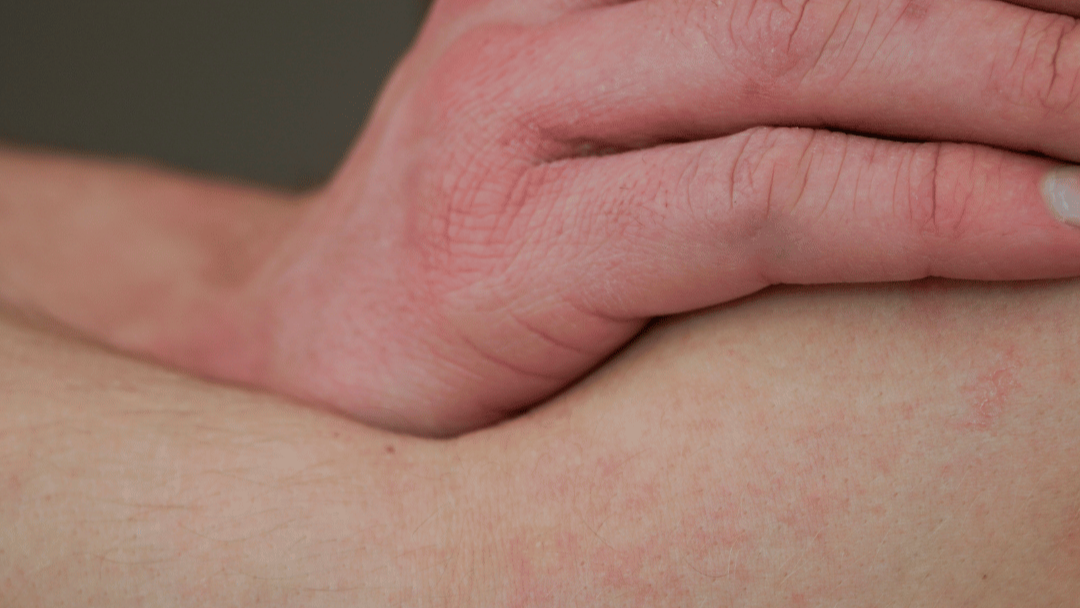Atopic dermatitis, also known as neurodermatitis, is an allergic inflammation of the skin, where the allergen is the body's own skin; it is therefore an autoimmune reaction. The skin reacts excessively to minor stimuli, and combinations with other autoimmune symptoms, such as allergic asthma, are very common.
Dr. Kerstin Schallaböck, general practitioner, mother of four, and founder of KAMI skincare, tells us which of these “small stimuli,” which have no consequences for other, less sensitive people, you should pay attention to as a person with atopic dermatitis or the parent of a child with atopic dermatitis.
"People who are prone to atopic dermatitis almost always exhibit a high degree of sensitivity. This applies to emotional stimuli as well as physical ones. This can have genetic roots—children of people who were themselves prone to atopic dermatitis as children are more often affected—but the high sensitivity and irritability often also develop in children without a hereditary predisposition.
This sensitivity must be recognized and addressed to break the cycle of skin inflammation, itching, and cortisone use. Irritants should be avoided, and skin function should be strengthened. Accepting one's own sensitivity and communicating with others affected can also lead to significant, even emotional, relief.
What are the most common triggers for flare-ups?
-
Change of seasons: Rising and falling temperatures and humidity require our skin to adapt. This drains energy and weakens it, leading to dryness and a temporary loss of barrier protection.
WHAT TO DO: Regular skin care with moisturizing cleansing and care products can strengthen the skin barrier and prevent inflammation.
- Stress: Hypersensitive people have a harder time dealing with pressure. They tend to be perfectionists, wanting to please everyone. Even small children are affected by this when they are overwhelmed by stimuli and don't get enough time to unwind. Women, on the other hand, try to meet all demands in their multitasking daily lives and be the super partner/employee/mom/friend and employee on every front. That doesn't work; the body reveals the limits that one hasn't set for oneself.
WHAT TO DO AS PARENTS: Pay attention and recognize when your child needs peace and quiet, not to be entertained. Allow time for daydreaming and boredom.
WHAT TO DO AS AN ADULT: Recognize and set your own boundaries. Accepting your resilience and sensitivity and learning to deal with them will help you avoid stressful situations.
-
Groceries: Histamine-rich foods, such as the first strawberries, can trigger skin reactions. If a minor infection is lurking or school stress is intense, these—individually small—stimuli multiply and can throw the skin into turmoil.
WHAT TO DO: Especially in times of high infection rates, be especially conscious of stress management and pay attention to your diet. So, skip a day of school if everyone is sick and focus on easily digestible foods. These are rarely the real vitamin bombs—vegetables and fruit often trigger allergies—but more often the foods known as recovery foods.
-
Infections : After COVID, flu, and vaccinations, the body's defense system is ramped up, so to speak, and the immune system is on alert. Here, too, even a minor stimulus can trigger severe skin reactions.
WHAT TO DO: Be especially careful, avoid stimuli, ensure peace and quiet.
-
Environmental factors : Clothing that is contaminated with synthetics and questionable dyes or chemicals used for protection during long transport, as well as environmental toxins lurking in the air and furniture, can also trigger irritations and often act as a cross-allergy with other sensitivities, triggering skin reactions.
WHAT TO DO: Shop consciously, buy less, pay attention to quality, and buy good, high-quality clothing—even used—at swap meets. Look for European products, as manufacturing standards are stricter there than elsewhere. We recommend the label Skin-friendly , hypoallergenic toys and children's clothing specially developed for children with neurodermatitis, made from high-quality, cooling cotton.
I hope this information has helped you a little and I wish you and your skin all the best.
Your
Kerstin








